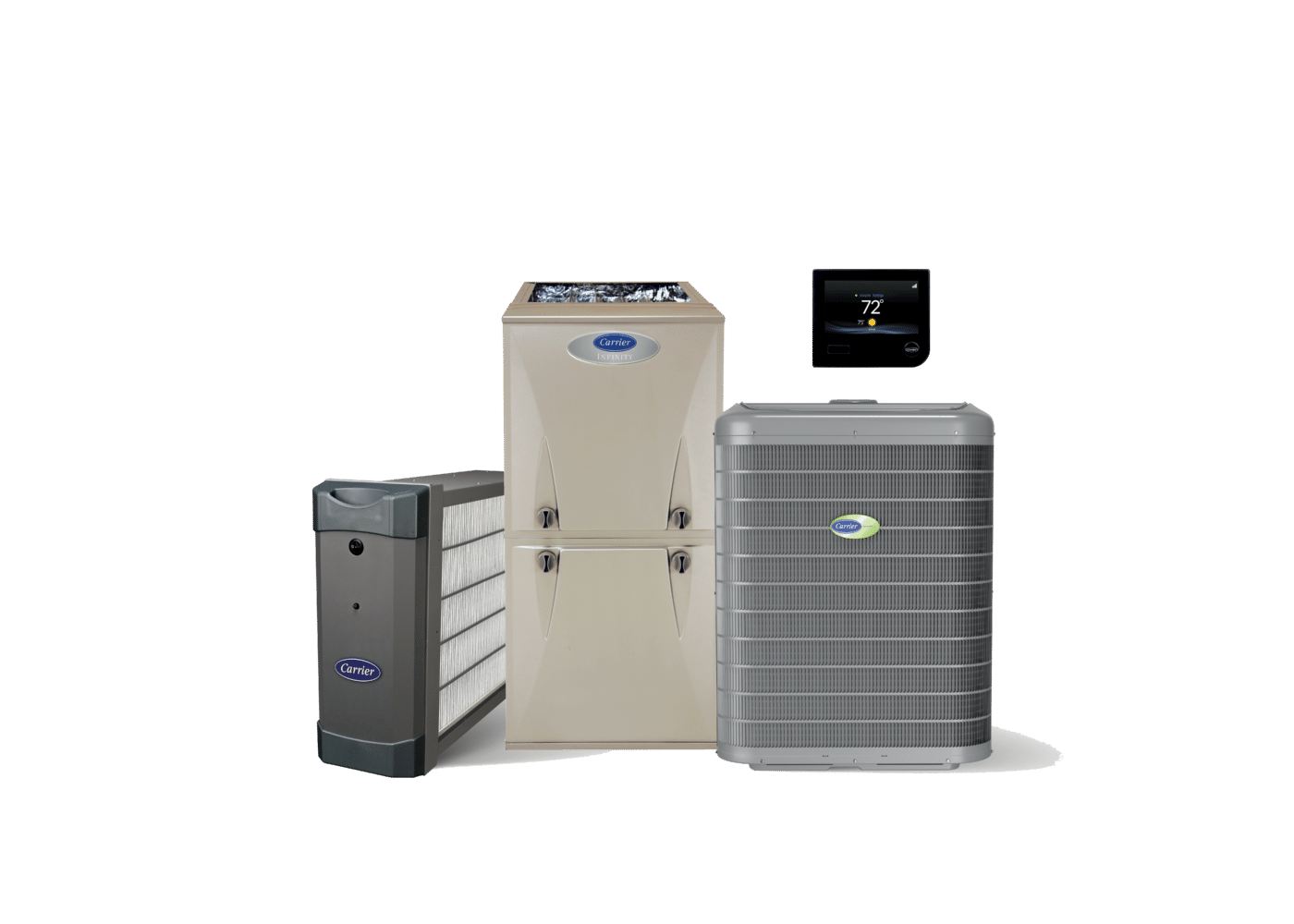Do you ever feel congested, experience headaches, or have difficulty breathing in your home?
If so, it may be a sign that your indoor air quality is poor. Poor indoor air quality can be caused by dust, mold, smoke, pet dander, and other allergens, leading to various health risks. Luckily, there are ways to test and improve your home’s indoor air quality. Read on to learn five signs of poor indoor air quality, the associated health risks, and who to call for testing.
Symptoms you may experience
The air quality inside your home is just as important as the air quality outside. Poor indoor air quality can have a significant impact on your health, especially if it’s left unchecked for a prolonged period of time. Luckily, a few key indicators indicate your home’s indoor air quality is poor. Understanding these symptoms can help you take the necessary steps to fix the issue.
If you’re experiencing any of the following signs, you may need to contact a local expert for an air quality test:
- Frequent Allergies or Asthma Attacks – Poor air quality can trigger asthma and allergy symptoms, such as sneezing, coughing, watery eyes, and skin rashes. Suppose you or your family suffer from allergies or asthma attacks more often than usual. In that case, the air in your home could be to blame.
- Increased Illness – If you or your family members get sick more often than usual, poor air quality could be a factor. Contaminants in the air, like dust, pollen, and mold spores, can lead to illnesses like respiratory infections and even cancer.
- Visible Mold Growth – Mold is a serious threat to your home’s air quality. If you spot visible mold growth in any area of your home, it could indicate poor air quality. Removing mold promptly is essential to prevent further damage and ensure your family’s safety.
- Unpleasant Odors – If you notice strange or unpleasant odors in your home, it could be due to poor air quality. Common causes include paint fumes, pet dander, smoke, and chemical pollutants.
- Excessive Dust – One of the most common signs of poor indoor air quality is excessive dust accumulation around your home. Not only is it unsightly and difficult to clean up, but too much dust can be hazardous to your health.
How to improve your home’s indoor air quality
Once you have identified any problems with the air quality in your home, there are steps you can take to fix them.
- Open windows regularly to let fresh air into the home and use an exhaust fan in bathrooms and kitchens to reduce humidity levels.
- Invest in a high-quality air purifier to eliminate dust and other allergens from the air.
- Get your HVAC system serviced by a local expert who can check for any issues with ductwork or ventilation.
Lastly, always make sure to vacuum and dust regularly to help keep allergens at bay.
Improving your home’s indoor air quality can make a big difference in the comfort and health of your family. Follow these steps to ensure that the air you breathe is clean and healthy.
Get your air quality tested by a local expert.
If you think your home might have poor indoor air quality, it’s essential to get it tested by a professional. At Morelli Heating & Air, our team of qualified technicians is committed to helping you breathe easily in your home. Our experts are trained to accurately measure and diagnose the air quality in your house and provide the best advice for improving it. We are dedicated to providing comprehensive solutions for all our customers. We can provide a detailed analysis of your home’s air quality with our state-of-the-art testing equipment. When you work with Morelli Heating & Air, you can be sure that you’ll receive the highest quality service and advice. Contact us today and be on your way to safer & cleaner breathing air!









Excellent! Please Rate us 5-stars
...and leave a helpful review.
Would you recommend Morelli Heating and Air?